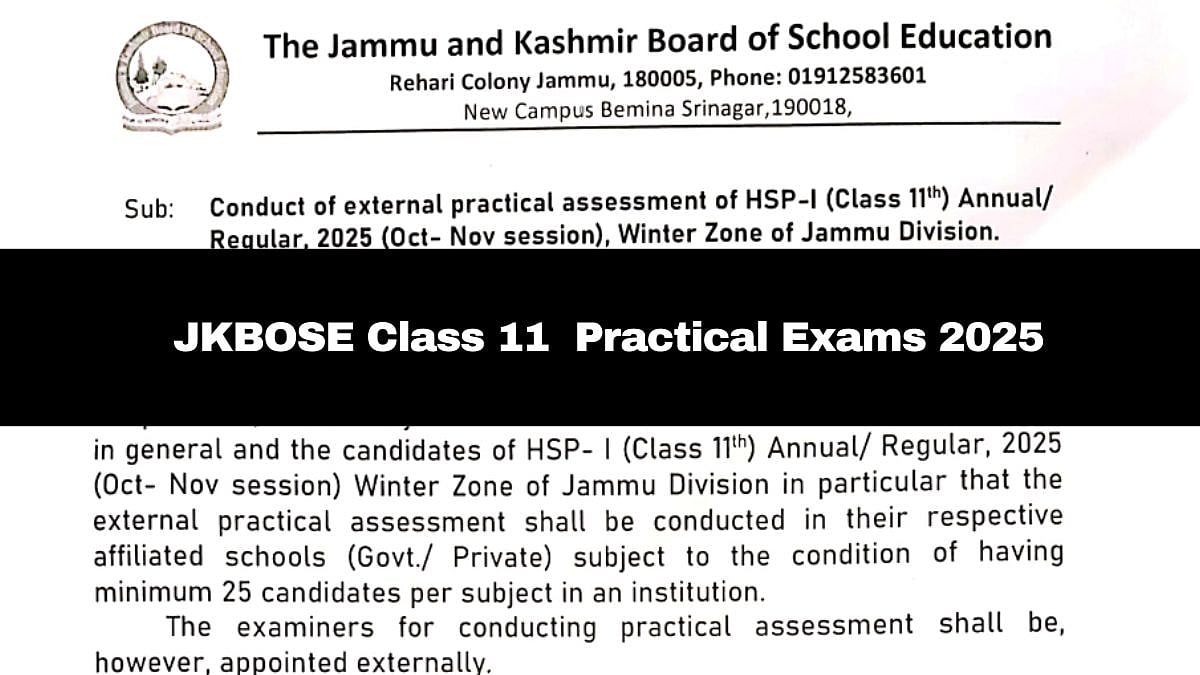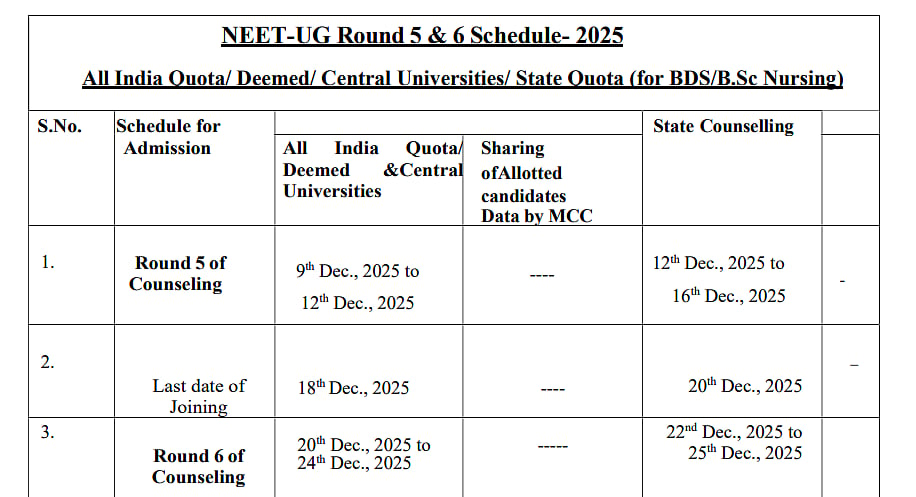Inspired by the saying, "The world is a playground, you just have to follow the joy," we understand a simple truth: the joy of discovering new things and the love for learning hugely motivates us. Yet, for students from India and the Indian subcontinent, the aspiration to study abroad is fuelled by many compelling reasons beyond the enchanting allure of adventure. This journey of exploration is not limited to the pursuit of academic excellence!
It is estimated that approximately 1.3 million students are studying abroad. The geopolitical and economic climates are changing, and traditionally popular destinations such as the US, Canada, UK, and Australia are becoming slightly less appealing to many! Having said this, it is in no way our intention to downplay their significance in the context of international education or the exceptional aspirational value they hold. The US and Canada still remain at the top of the pyramid for Indian students.
Over the last 4 to 5 years, Canada and the US have consistently attracted the highest number of Indian students, closely competing with each other as the top contenders, followed by the UK and then Australia.
To provide a comprehensive and objective overview, I have analysed data to illustrate significant changes within the international education landscape, aiming to offer clear insights into the dynamic nature of global education trends:
USA
The wealth of opportunities, the excellence of education at some of the most prestigious universities, and the allure of American culture continue to position the US as one of the most/most preferred destinations for students worldwide, despite concerns regarding gun violence and mass shootings.
In less than four years, the number of Indian students in the US has increased by approximately 30%. The US Ambassador to India has often highlighted the partnership between the two countries as one of the most pivotal bilateral relationships. With the number of Indian students nearly matching that of Chinese students, there is a keen interest in attracting the brightest minds from India. However, recent tragic incidents involving Indian students have raised concerns about their safety, prompting many to wonder if there can be a swift solution to address this escalating issue!
The enduring appeal of the United States as an educational hub, along with the challenges it faces, cannot be overlooked, as it remains at the pinnacle of student aspiration!
Canada
In September 2023, diplomatic tensions escalated between India and Canada. As these events were unfolding, significant policy changes were being planned in the Canadian immigration landscape: On December 7, 2023, Immigration, Refugees, and Citizenship Canada (IRCC) announced their decision to double the Guaranteed Investment Certificate (GIC) requirements for international students. Effective January 2024, students applying through the Student Direct Stream must show that they have at least CAD 20,635, in addition to covering their first year's tuition and other ancillary expenses. Over and above these regulatory changes, in January 2024, the Canadian government announced a cap on foreign study visas. This is slated to result in a 35% reduction in the number of new study visas in 2024.
Despite India maintaining its status as the largest source of international students in Canada, there
has been a sizeable drop in the volume of students pursuing post-secondary education within the country. This trend is attributed to an acute housing shortage, escalating inflation rates, and, to some extent, adverse publicity surrounding certain unethical private institutions that operated inadequately resourced campuses.
Conversations with representatives from leading Canadian universities and government colleges reveal a subtle acknowledgment of a modest adjustment in enrolment figures. This recalibration is perceived as a strategic move to alleviate pressure and pave the way for a more sustainable future in Canadian higher education.

UK
“The UK granted just under 500,000 study visas for the year ending June 2023, and Indian students accounted for about 30% of that total” (sources: ICEF Monitor and UK Home Office).
A total of 142,848 Indian students received visas last year, an increase of 54% compared to the year ending June 2022. India surpassed China to become a clear leading contributor of students to the UK last year. In light of the dramatic surge of International students in the country, in order “to protect the integrity and quality of the UK’s outstanding higher education sector,” the UK government announced changes to its immigration and international student enrolment policies. Effective January 2024, international students other than research post-graduates are no longer permitted to bring their dependents, and there is a restriction on converting to job routes before completing their studies.
Some media reports are suggesting a review of post-graduate work rights as well!
To enhance its appeal to international students and remain a lucrative study destination, the UK government has announced scholarships for meritorious Indian students who wish to study there.
Amidst growing challenges, opportunities are available, including the option for students to remain in the UK for 2 to 3 years post-graduation, provided they make informed decisions regarding their course of study.
Australia
After a massive 34% jump in Indian student numbers in Australia between January and August 2023 that helped drive the Australian international education sector’s post-pandemic recovery, the situation has dramatically changed. Since a raft of new regulations came into effect, there has been a huge surge in visa rejection rates, dropping approval rates to a figure almost as low as 42%!
The new policy has capped work hours at a maximum of 48 hours a fortnight and increased the amount of savings required to a minimum of AU$ 20,000-24,000 (approx.) towards living expenses, in addition to the funds required towards tuition fees. Students are only allowed to switch to a same or higher level course at the same institution (without having to reapply for a study visa) during the first six months of arriving in Australia (subject to all qualifying conditions being met). In mid-2023, leading Australian universities announced a ban on students from Punjab, Haryana, Gujarat, Uttarakhand, Uttar Pradesh, and Jammu and Kashmir due to risks associated with the rise in fraudulent documents. This has impacted students with highly credible backgrounds too.
While the Australian government announced that its new migration strategy is designed to provide better protection for international students, students are grappling with uncertainty due to instances of revoked offers from Australian providers, prolonged processing timeframes, and more.
After the post-COVID 'recovery' phase, characterized by unrestrained growth in international student admissions, the UK, Canada, and Australia have shifted their strategies. This shift comes even though international students represent a significant source of revenue, often paying substantially more than domestic students. Faced with shared challenges such as housing shortages, inflation, and rising concerns related to migrant intake, these countries are now adopting a more 'controlled' approach to international student enrolment. Upcoming elections in some countries are also seen as a motivating reason for change in migration settings.
Amid concerns about a potential slowdown in student uptake and visa success rates in the most popular study destinations, and against the backdrop of a dynamically evolving global landscape, Indian students are increasingly exploring and diversifying their overseas study options. Particularly, countries like New Zealand, Ireland, France, Germany, Dubai, and Spain have emerged as preferred destinations.
Germany, recognized for its affordable, high-quality education, has seen a remarkable increase of over 100% in student enrolment over the past four to five years. Similarly, France's education sector is experiencing a notable upward trend. However, language prerequisites for some of the most sought-after programs in both Germany and France pose a barrier, especially for undergraduate students. Meanwhile, the number of students opting to study in Ireland and Spain has experienced significant growth in recent years.
Furthermore, reflecting the expanding horizons of Indian students in pursuit of quality education and diverse cultural experiences abroad, some students, preferring proximity to home, are exploring high-ranking universities in Singapore, as well as campuses of prestigious universities located in the middle east.
In contrast to the traditionally popular study destinations, now mired in uncertainties due to shifts in immigration policies, impending elections, and geopolitical circumstances, New Zealand emerges as a beacon of stability and opportunity. With its newly elected government actively seeking to recruit genuine students, New Zealand distinguishes itself.
English is the primary language of communication, and New Zealand offers access to universities ranked in the top 2-3% globally, alongside a more affordable cost of living and a world-class, industry-focused modern educational system. Furthermore, the country extends post-study work rights, notably 3 years for the degrees at Bachelor's and Master’s levels, and plentiful opportunities for settlement, with a strong emphasis on sustainability and a welcoming environment for international students. This strategic and hospitable approach not only elevates New Zealand's status as a premier study destination but also highlights its unique unwavering dedication to fostering a supportive, stable, and enriching environment for students from around the globe.
Ultimately, the paramount consideration for students should be a deliberate and well-informed decision that aligns with their personal aspirations, academic goals, financial circumstances and envisioned career paths, rather than following prevailing trends.








.jpg)
